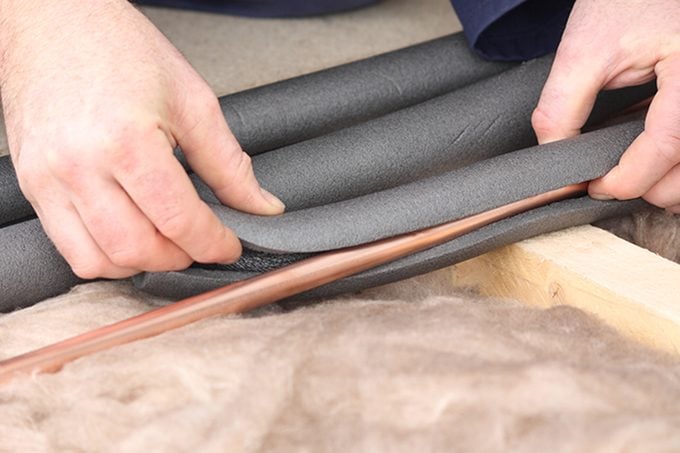Basement mold is a common problem that can cost thousands to remove. Avoid getting mold in the first place with these preventive steps.
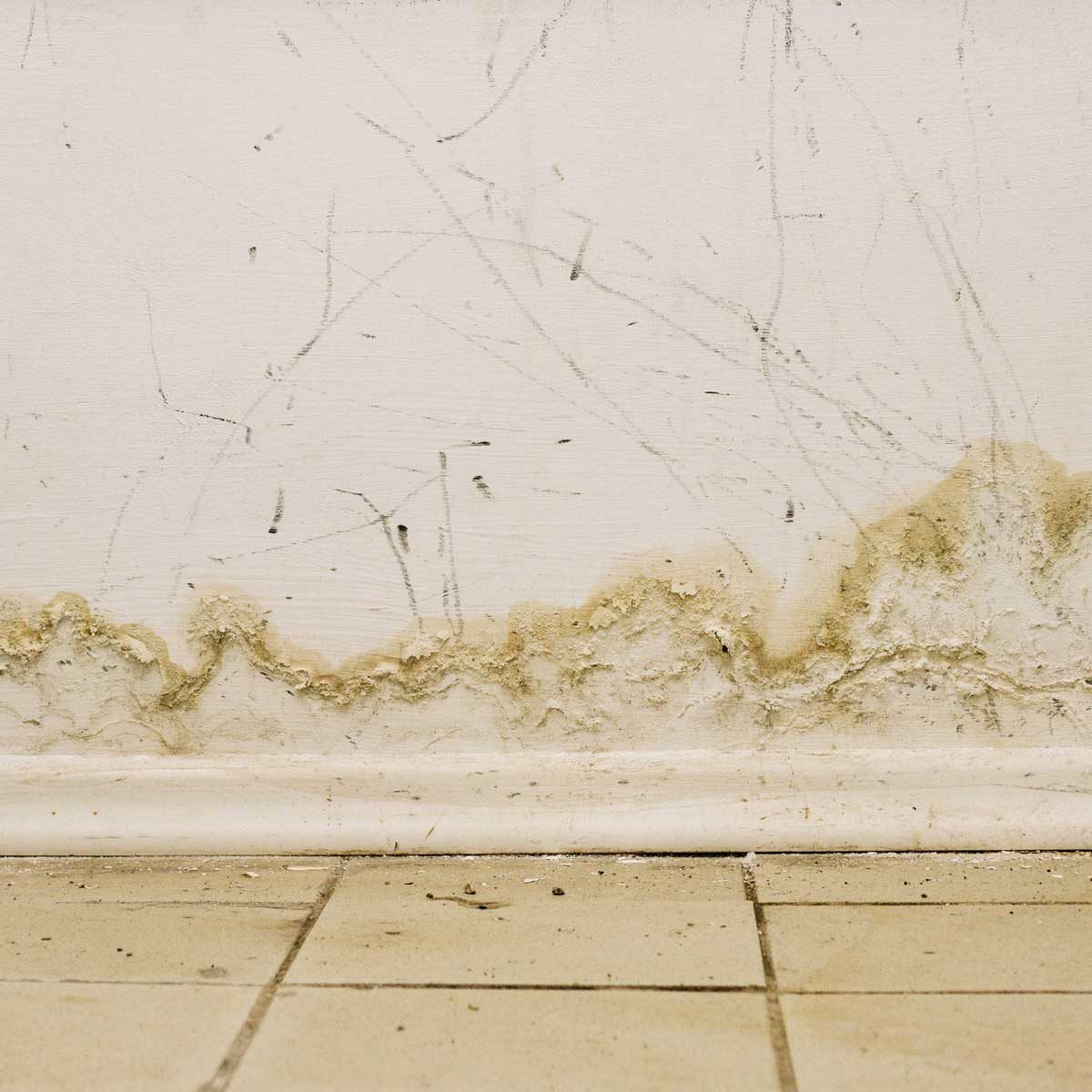
The Experts’ Guide to Preventing Mold In Basements

While mold can grow almost anywhere, the basement is one of the most common places homeowners find it. The number one reason mold grows there? Its high potential to accumulate excess moisture. You need to nip that in the bud to prevent mold from growing.
According to Andrew James, a mold remediation specialist from IndianapolisRestorationPros, outside moisture that seeps through the foundation and moisture originating from the inside contribute to high levels of humidity in the basement. “Combine that with the basement’s high potential for hidden water leaks from faulty pipes and you’re looking at a breeding ground for mold,” James says.
We talked to a variety of experts, who gave us key steps you can take to prevent mold and potentially save a fortune in mold remediation costs down the road.
On This Page
Repair Leaks and Cracks
One of the first things you should do is eliminate any seepage or leaking in your basement walls. If you notice cracks in the walls, repair them promptly. “You can use certain sealants to fill cracks in your basement walls,” says Miguel Martinez, a masonry contractor in Milwaukee, Wis. He recommends epoxy and hydraulic cement as popular sealant options.
But wall leaks aren’t the only things to worry about, according to Ryan Thompson, a residential plumber from Florida who runs PlumberInformer. “Leaky pipes are a very common problem, which occurs when pipes weren’t installed correctly, or they simply expanded over time and no longer connect tightly,” Thompson says. “It can be difficult at times to catch a plumbing leak before it leads to mold.”
But there’s hope! You can avoid this issue by regularly inspecting your pipes for leaks or bad connections. If you find any pipes that aren’t tightly connected, don’t worry. You can add plumber’s tape and pipe joint compound to tighten them.
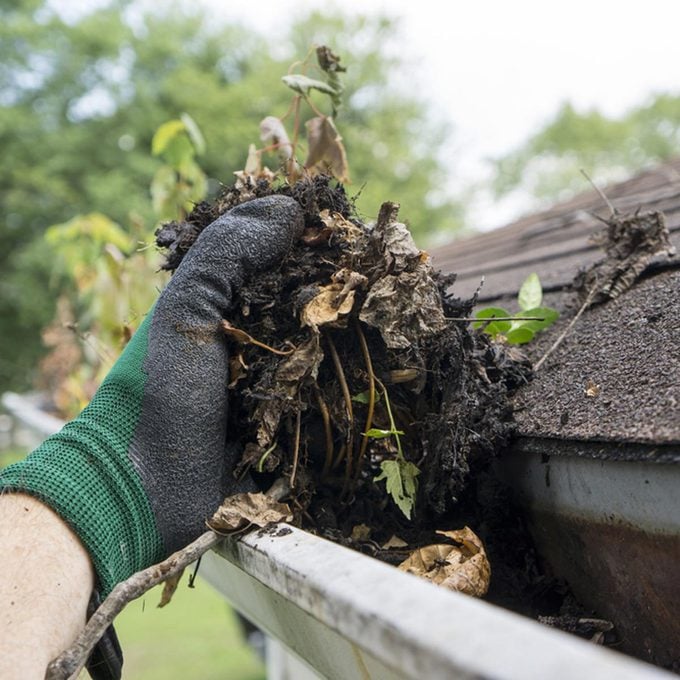
Waterproof From the Outside
Exterior waterproofing tactics can go a long way toward preventing mold growth on the inside, according to James. “French drain systems, shrubbery around your property that soaks up excess water, gutters and grading systems can all work wonders to move water away from your foundation, which in return helps prevent leakage and high humidity levels inside your basement,” he says.
James also recommends keeping your gutters clean of leaves and debris to help prevent clogging. Backed up gutters can lead to water overflow. Grading is important, too. “If your land grading is improper, then it can cause water to shift towards your foundation, which leads to basement leaks,” James says. “In a proper grading system, the slope extending out from the foundation will help move any water from rain or snow away from the foundation.”

Using a Dehumidifier Will Prevent Mold
Shaun Ortiz, a mold remediation specialist, recommends running a dehumidifier in your basement to help reduce humidity levels and prevent mold growth. Make sure that the dehumidifier you choose has enough capacity to work effectively. You’ll need to know your basement’s square footage and moisture level. You may need more than one to prevent a moldy basement. “Since dehumidifiers help keep moisture concentrations low, mold growth is stunted since it has less moisture to feed on,” Ortiz says.
Insulate Your Water Pipes
Insulating water pipes is another tactic Ortiz recommends to reduce humidity levels, reducing moisture for mold growth.
Plumber Thompson agrees, adding that it’s especially important during winter when basement pipes can freeze, then burst if uninsulated. “The water damage that is caused by a burst pipe can quickly lead to mold if not dealt with right away,” he says. Clean the pipe thoroughly and allow to dry completely before insulating, Thompson says, to help ensure it stays put.
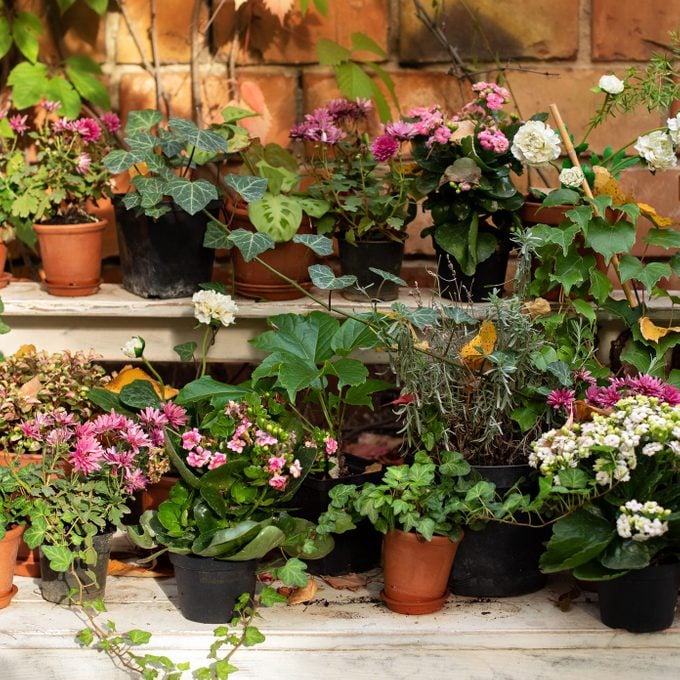
Avoid These Two Items to Prevent Mold
Plants and wood are sources of food for mold, James says, so resist the urge to decorate with plants. Their propensity for mold and basement’s tendency toward dampness make a bad combination, he says.
Wood can certainly be harder to avoid, especially if you have wood framing or flooring. If that’s the case, be sure to take precautions. Regularly clean trim, paneling and flooring. If you have a basement fireplace, keep the wood outside, James says. It’s a fire hazard and a termite attraction, too. He recommends storing wood on concrete a couple of feet from your home.
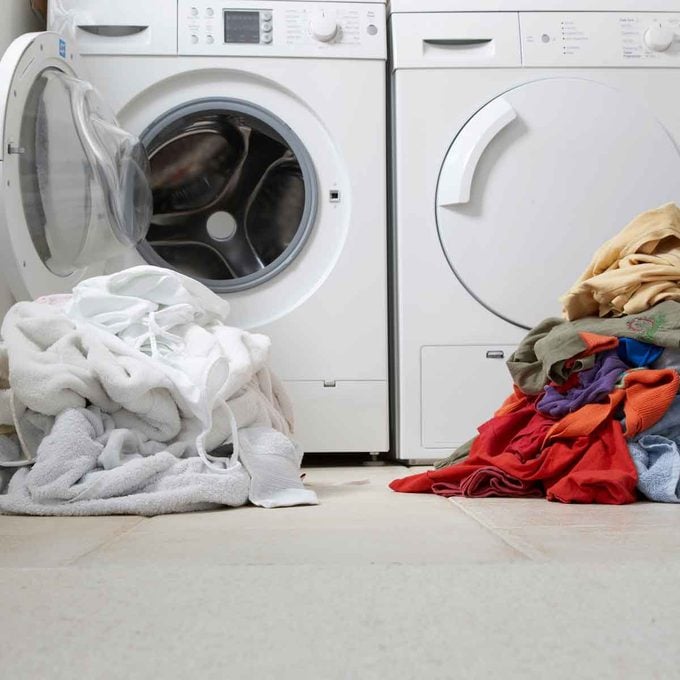
Launder Responsibly
If your laundry is in the basement, consider solutions to mitigate the effects of moisture that’s inevitably released, Ortiz says. A few options he recommends: Regularly running a dehumidifier, or installing extra venting or an exhaust fan that connects to your basement vents. A musty smell is often a sign that there’s not enough ventilation.
If moving your washer and dryer out of the basement altogether is an option, consider doing so. Anything you can do to cut down excessive moisture will go a long way to help you fight mold growth. A moldy basement is not a problem you want to have to fix.





















